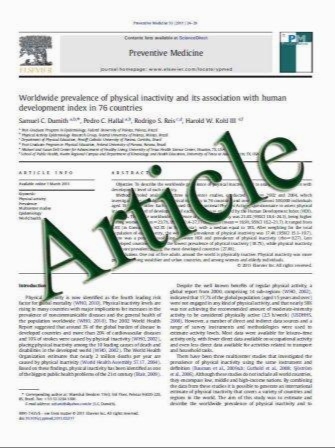Role of sphenopalatine ganglion block for postoperative analgesia after functional endoscopic sinus surgery
- نوع فایل : کتاب
- زبان : انگلیسی
- مؤلف : Elvin Kesimci Levent O¨ ztu¨rk Sami Bercin Muzaffer Krs¸ Ays¸e Eldem Orhan Kanbak
- چاپ و سال / کشور: 2011
Description
The aim of this study was to evaluate the analgesic efficacy of sphenopalatine ganglion block performed under general anesthesia in patients undergoing functional endoscopic sinus surgery (FESS) with operative blood loss and postoperative complications (headache, visual disturbances, nausea, vomiting, sore throat, swallow difficulty). Forty-five consenting patients were randomized to receive bilateral sphenopalatine ganglion block with saline (Group S, n = 15), bupivacaine 0.5% (Group B, n = 15), or levobupivacaine 0.5% (Group L, n = 15) immediately following induction of general anesthesia. Esmolol was given during the intraoperative period for a 20% increase in arterial mean pressure or heart rate. Postoperative pain scores were checked on arrival at the postanesthesia care unit, 2, 6, and 24 h after surgery and diclofenac was administered intramuscularly for pain score C4. A statistically significant reduction was present in postoperative Visual Analog Scale scores between Group S and the block Groups B and L (p\0.05). In Group L and B, fewer patients required additional analgesics in the postoperative 24 h (p\0.0001). The comparison of postoperative complications was not statistically significant among the groups (p[0.05). Sphenopalatine ganglion block with bupivacaine or levobupivacaine improved postoperative analgesia associated with better surgeon and patient satisfaction after FESS
Eur Arch Otorhinolaryngol DOI 10.1007/s00405-011-1702-z, Received: 30 April 2011 / Accepted: 28 June 2011


